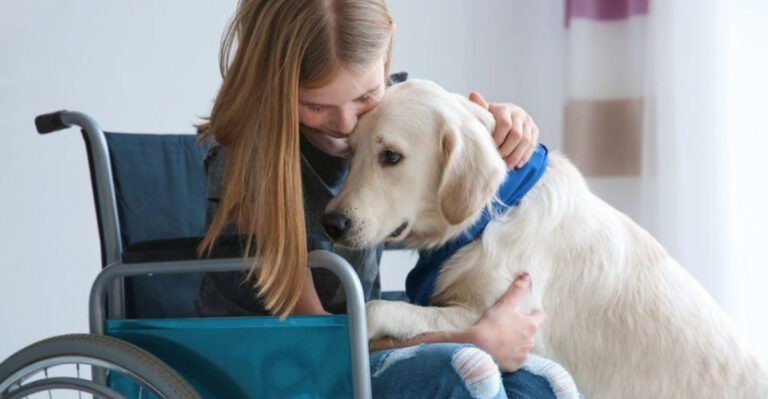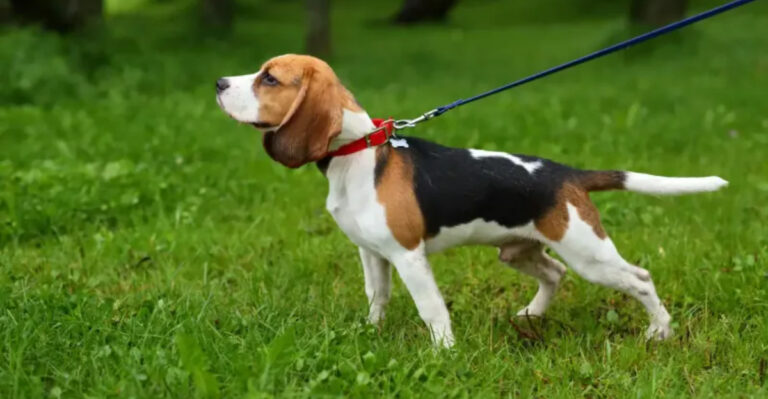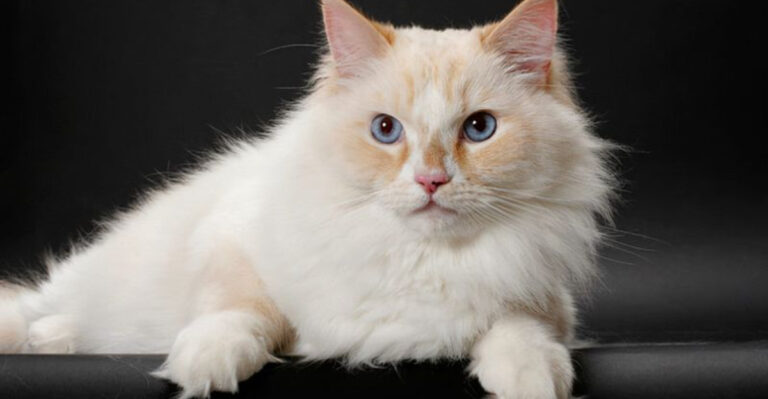15 Milestones In Baby Animals That Reflect Human Growth
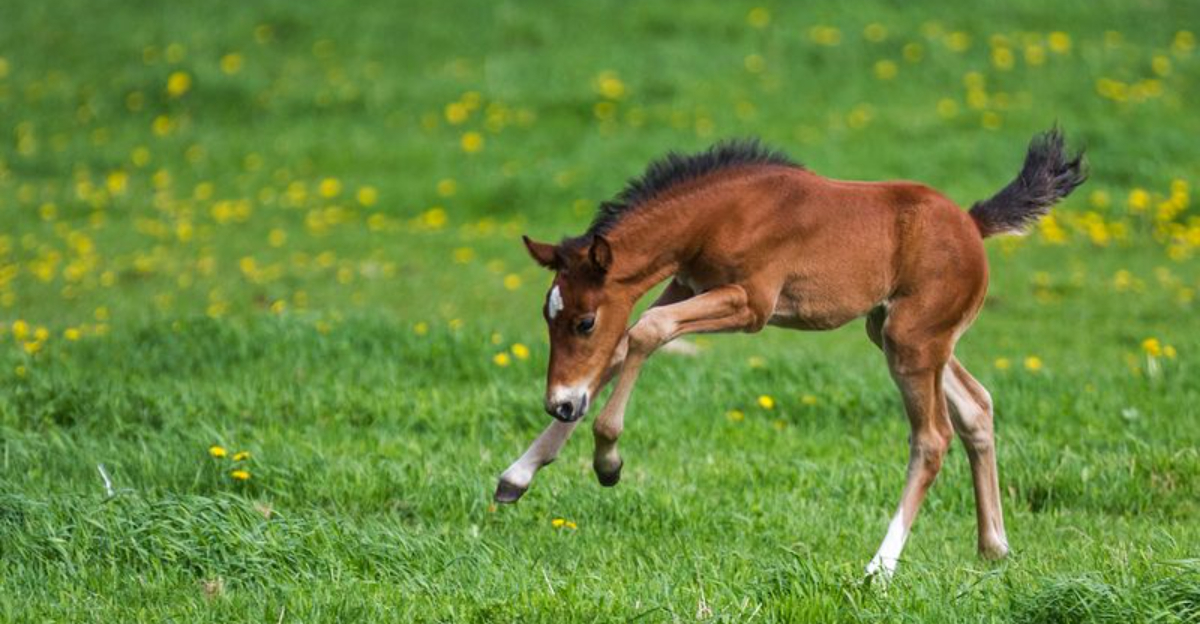
Nature has a fascinating way of mirroring human development across the animal kingdom. When we watch baby animals grow, we often see reflections of our own developmental journey.
From first steps to learning independence, these shared milestones remind us of the beautiful connections between all living creatures on our planet.
1. Curiosity Awakens
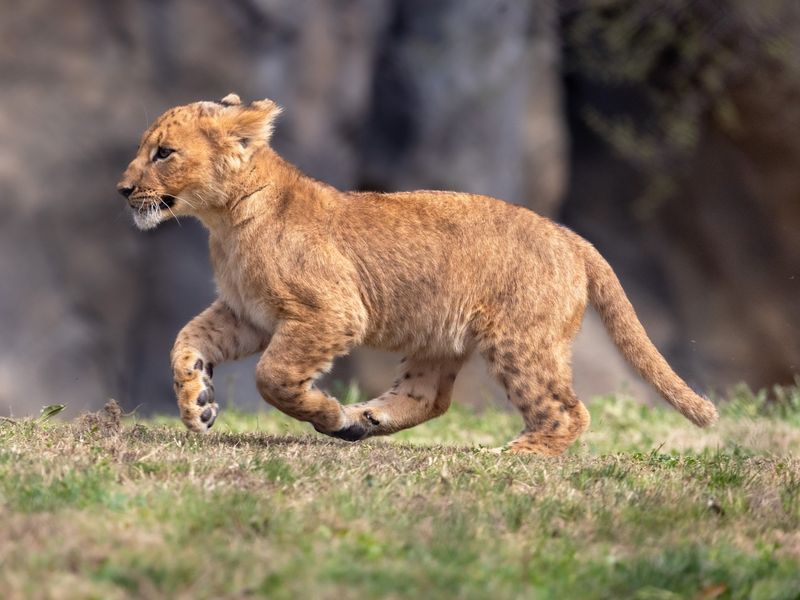
Wonder fills a lion cub’s eyes as it discovers butterfly wings for the first time. That spark of curiosity matches the moment human toddlers stop to examine every leaf, rock, and bug with intense fascination.
Both develop through this natural exploration, building neural pathways through hands-on (or paws-on) discovery of their world.
2. First Wobbly Steps
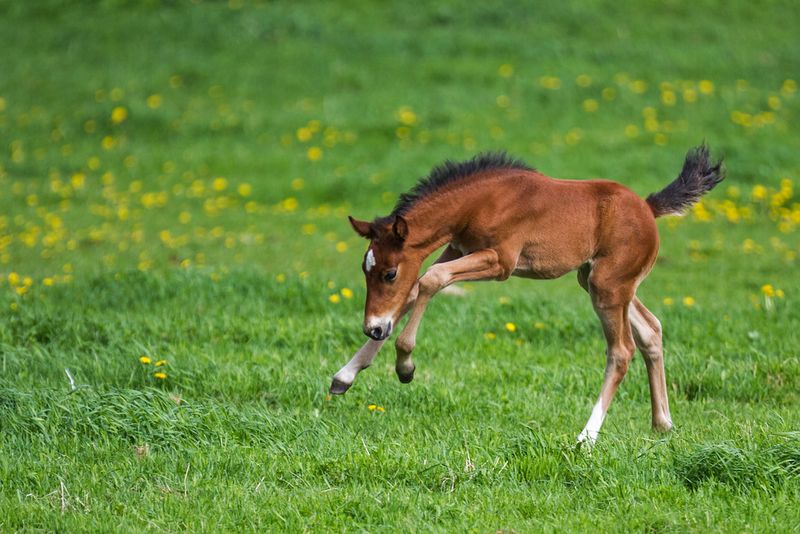
Just like human babies, newborn foals struggle to stand within hours of birth. Their spindly legs quiver with effort as they figure out balance for the first time. This determined wobbling mirrors our own children’s persistence when learning to walk.
Both species share that magical moment of triumph when they finally manage to stay upright!
3. Playful Social Learning
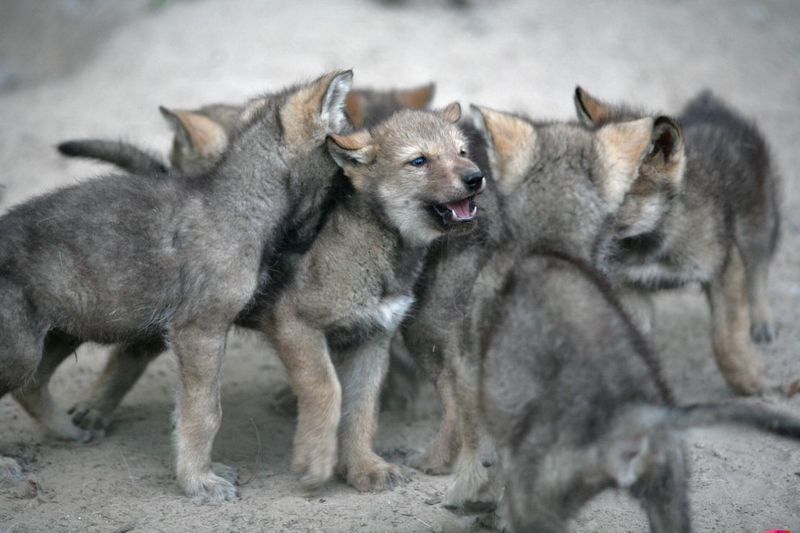
Rough-housing wolf pups aren’t just having fun – they’re learning vital life skills! Through play-fighting, they develop coordination, boundaries, and pack dynamics.
Human children mirror this in playground games, where tag and wrestling teach similar lessons about social rules and physical abilities.
4. First Taste Adventures
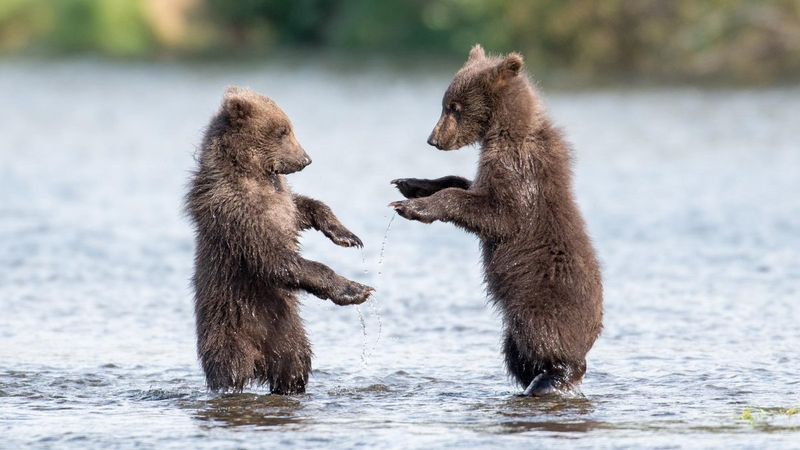
Ever seen a bear cub’s face when trying salmon for the first time? That scrunched-up expression of surprise perfectly matches a human baby’s reaction to new flavors. Both species navigate similar journeys from milk to solid foods.
These early taste experiences shape lifelong food preferences and nutrition patterns in remarkably similar ways across mammals.
5. Finding Their Voice
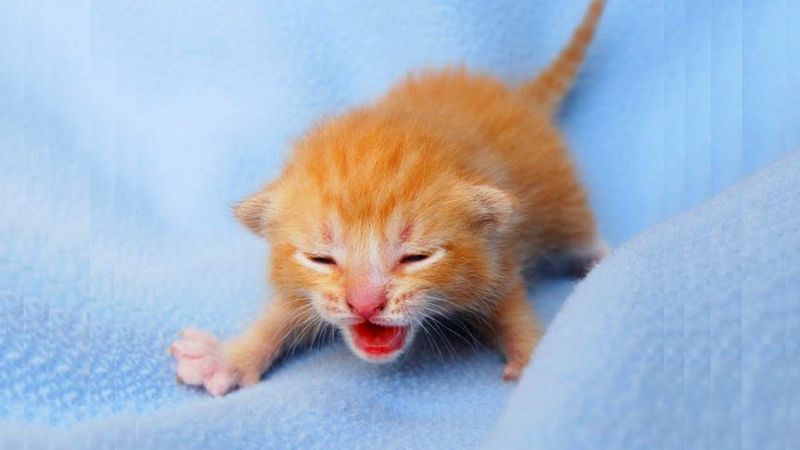
The first tentative meows of a kitten exploring its vocal range bring to mind a human baby’s delighted discovery of babbling sounds.
Whether purrs or giggles, these early vocalizations represent crucial neural development. The joy of self-expression appears universal across species!
6. Separation Anxiety Phase
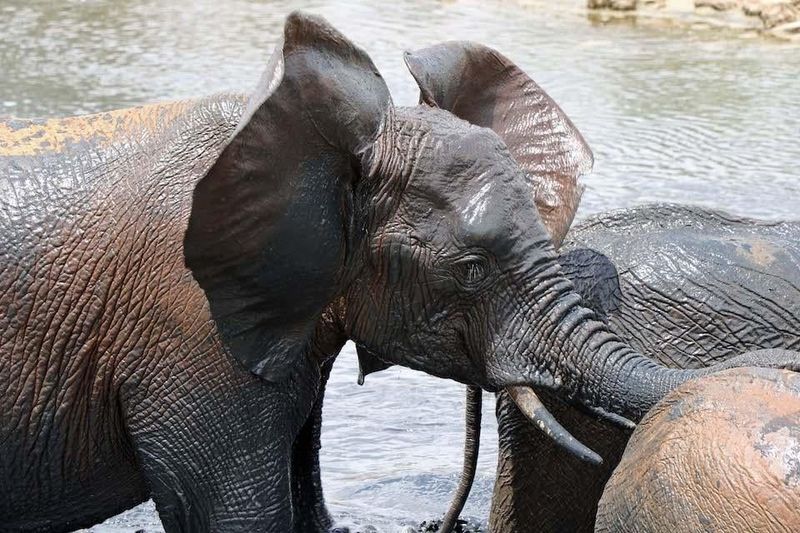
The distressed trumpeting of a baby elephant when momentarily separated from its mother echoes the tearful protests of a toddler at daycare drop-off. This developmental phase serves the same survival purpose in both species.
Learning healthy attachment while gradually building independence represents a delicate balance. These emotional milestones shape future relationship patterns in surprisingly similar ways.
7. Testing Boundaries
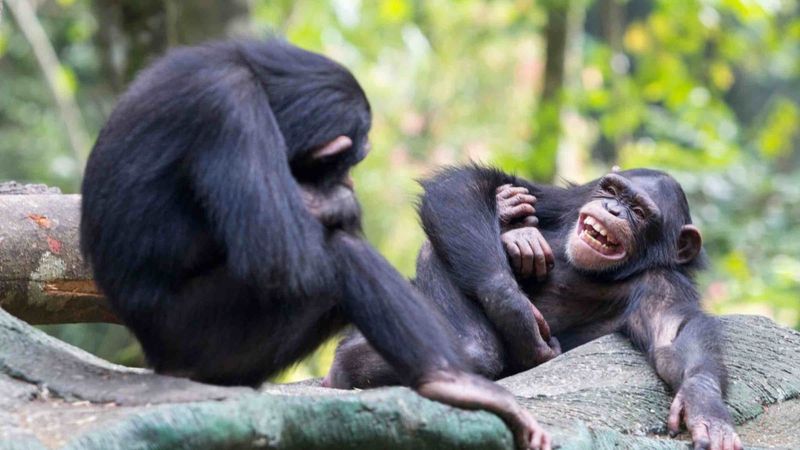
Watching a young chimpanzee deliberately break a rule while making eye contact with its mother feels strangely familiar to any parent. This testing behavior appears around the same developmental stage in both primates.
Behind the mischief lies important cognitive growth – understanding rules exist, testing their flexibility, and learning consequences. It’s not defiance; it’s development in action!
8. Sleep Pattern Development

Those adorable twitching paws of dreaming puppies reveal REM sleep patterns remarkably similar to human babies. Both species start with fragmented sleep cycles that gradually organize into more predictable patterns.
Scientists believe these similar sleep developments support crucial brain growth. The neurological processes happening during these dream states help wire young brains for learning.
9. Stranger Danger Awareness
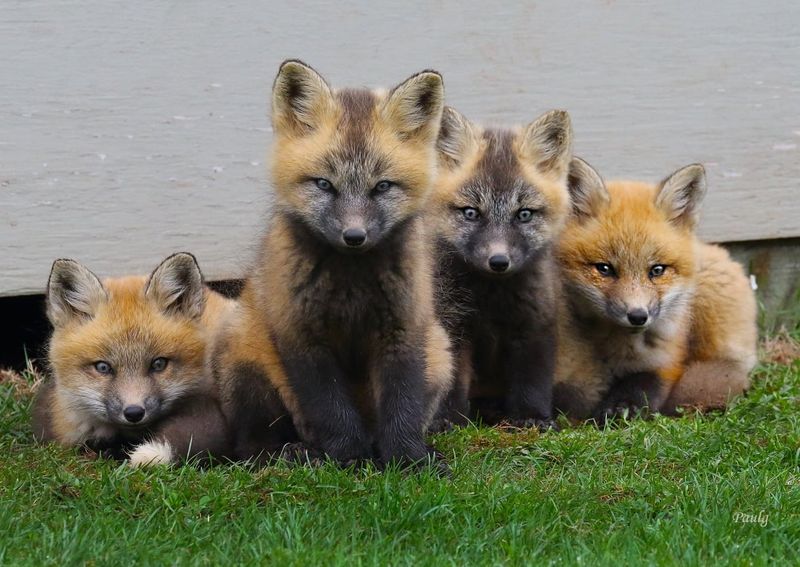
Around 8-10 weeks, fox kits develop sudden wariness of unfamiliar faces – perfectly mirroring the stranger anxiety phase in 8-month-old human babies. This evolutionary safety mechanism appears across species at comparable developmental stages.
Once trusting of everyone, both suddenly become discriminating. This critical survival adaptation helps protect vulnerable youngsters as their worlds begin expanding beyond immediate family.
10. Memory Milestone Moments
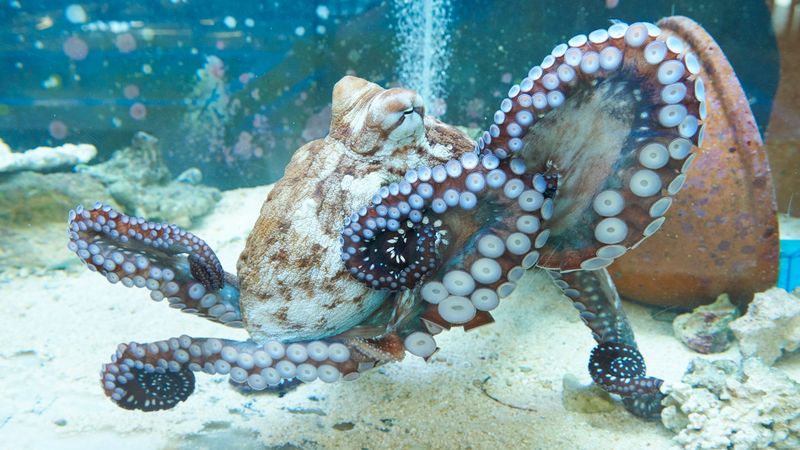
The astonishing moment when an octopus baby solves a puzzle it watched its keeper demonstrate showcases memory development similar to human infants.
This capacity for observational learning marks a crucial cognitive leap. The neural mechanisms behind this memory milestone prove remarkably similar across very different species.
11. Emotional Regulation Challenges
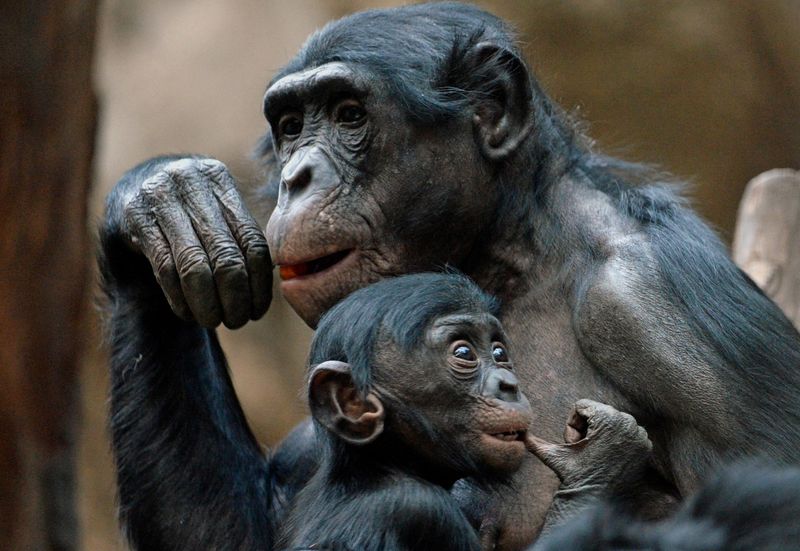
Tantrums aren’t just for human toddlers! Young gorillas throw remarkably similar emotional meltdowns when frustrated, complete with dramatic floor-flopping and loud protests.
These outbursts actually represent important learning opportunities as young ones gradually develop the neural pathways needed for emotional self-control – a universal developmental challenge across primates.
12. Peer Group Formation
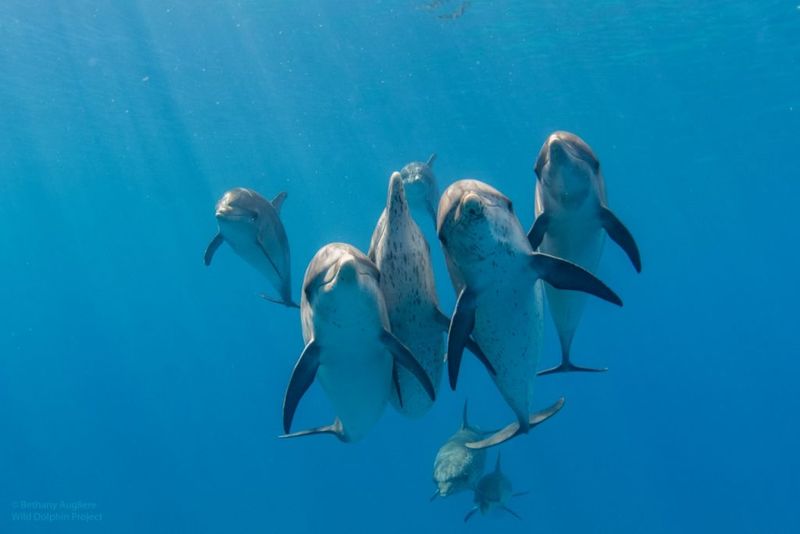
Around adolescence, young dolphins naturally form tight social cliques separate from adults – strikingly similar to human teen friend groups. These peer bonds serve identical developmental purposes across both species.
The shift from parent-centered to peer-focused relationships helps build social identity. These groups provide safe spaces to practice adult social skills while establishing independence in remarkably parallel ways.
13. Risk Assessment Development
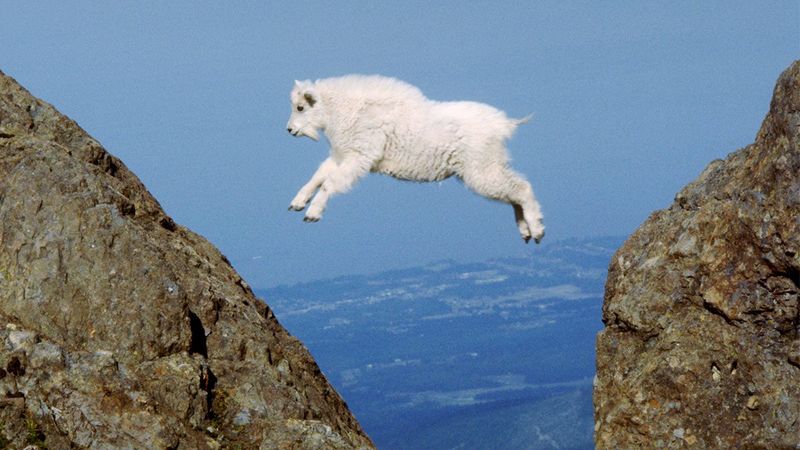
The cautious calculation in a young mountain goat’s eyes before attempting a difficult cliff jump mirrors a human child’s mental math before trying the high dive. Both species develop risk assessment abilities through progressive challenges.
This crucial skill balances safety with necessary growth. The neurological pathways involved in this decision-making process develop through similar stages across mammals despite different environments.
14. Tool Use Discoveries
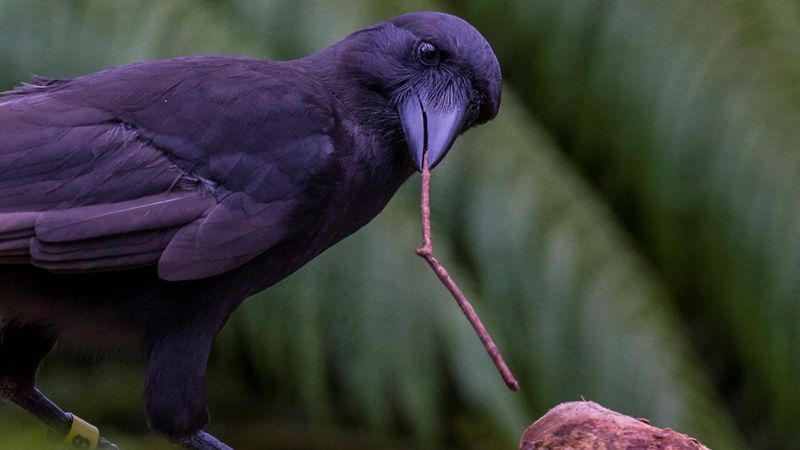
Pure delight shines in a young crow’s eyes when it first cracks a nut using a rock – echoing the triumphant smile of a toddler who figures out how to use a spoon effectively. This cognitive milestone represents problem-solving abilities developing in both species.
The moment of connection between object and purpose marks similar neural development despite vastly different brain structures.
15. Independence Achievement
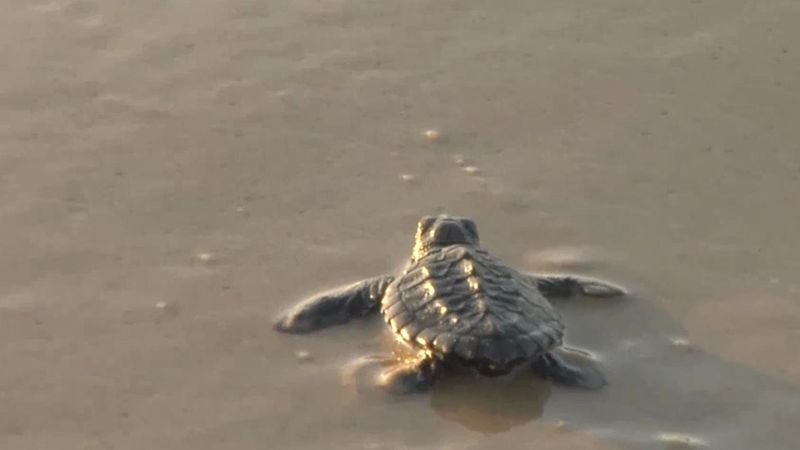
The determined focus in a sea turtle hatchling’s eyes as it makes its solitary journey to the ocean parallels a young adult’s first solo apartment move. Both represent culminating independence milestones after long developmental journeys.
Though vastly different in timeframe, both species reach this crucial transition from dependence to self-sufficiency. This universal milestone marks successful development across the animal kingdom.

